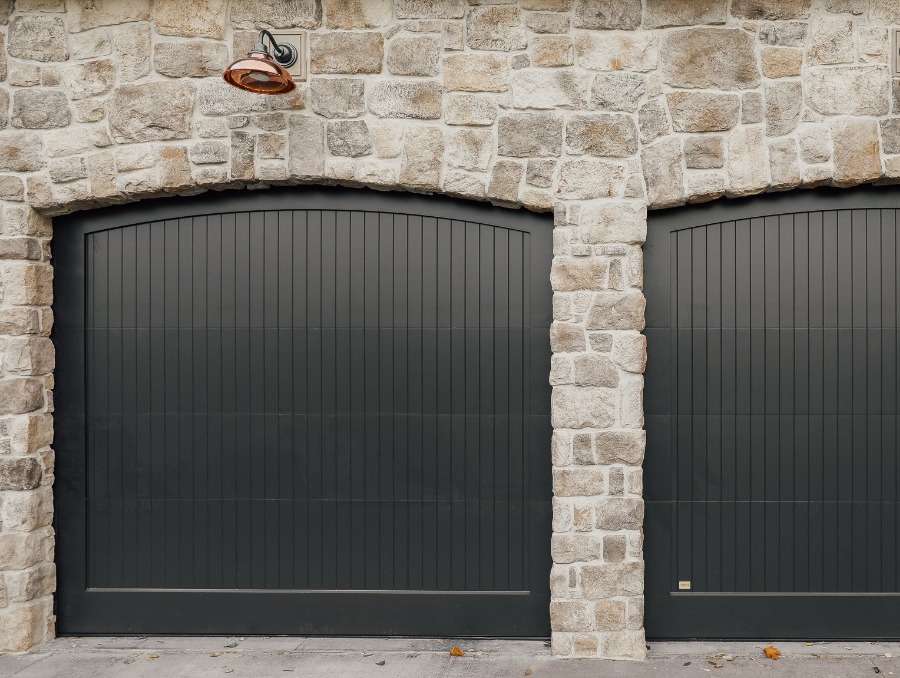
Carriage Doors vs. Traditional Garage Doors: A Design Perspective for Architects and Designers
In the realm of residential garage door design, there are two prominent styles — carriage doors and traditional garage doors. Both these custom garage door styles offer distinct design profiles that cater to different types of home, but what’s the difference between them? There are some design nuances, historical context, and architectural implications of both these door types, providing architects and designers with two very different options when choosing the right one for a home.
Time for Some Context: The History of Carriage Doors
Carriage doors trace their origins to the era of horse-drawn carriages. Unlike modern vehicles, carriages required large doorways for access, leading to the development of wide, double doors that opened outward. This history has profoundly influenced the design style of these types of garage doors, emphasizing their wide panels, sturdy construction, and often, the incorporation of cross-bracing and large iron hinges to reflect their rustic roots.
The Design Differences Between Carriage Doors and Traditional Garage Doors
True carriage doors swing outward or slide along a horizontal track. However, modern adaptations of these types of doors operate with overhead tracks, all while maintaining the appearance of swing, slide, or folding garage doors.
Carriage doors often feature a rustic or historic look, with design elements like cross-bracing (also known as bucks), large handles, and decorative hardware that mimic historical barn or carriage house doors. They are frequently customized with historic windows, fine wood craftsmanship, and specific finishes that enhance their timeless charm.
Traditional Garage Doors
Traditional garage doors offer a wide range of design options, from raised panel designs to contemporary flat panels. This allows for near endless customization. Traditional garage doors can include windows or set patterns, which is common in historic garage doors, but their overall design can also be more aligned with modern home designs, which focus on sleek lines and efficiency.
Overall, traditional garage doors can be much more flexible in their design, while carriage doors are more set in their design because of the older doors they are meant to echo.
Architectural Implications
Carriage doors are best suited for homes with traditional, craftsman, or rustic architectural styles. Their historical aesthetic complements these themes and adds character to the facade. Carriage doors offer some customization potential, allowing architects and designers to create historically resonant entrances that enhance a home’s curb appeal.
Traditional garage doors are more versatile in design, allowing them to fit a wide range of architectural styles, from contemporary to traditional. They generally offer a broader range of design options, making them suitable for various areas and homes.
Choosing Between Carriage Doors and Traditional Garage Doors
The choice between carriage doors and traditional garage doors is a design decision that influences a home’s architectural aesthetic. Carriage doors evoke a sense of history and craftsmanship, offering a distinctive look that enriches traditional home designs. In contrast, traditional garage doors provide practical, efficient solutions that can be tailored to match any architectural style, emphasizing modernity and streamlined operation.
For architects and designers, understanding these differences is crucial in making informed decisions that align with the project’s overall theme and the homeowner’s preferences. Whether choosing the rustic charm of carriage doors or the sleek functionality of traditional garage doors, the key lies in integrating these elements seamlessly into the home’s design, ensuring both aesthetic cohesion and practical utility.








